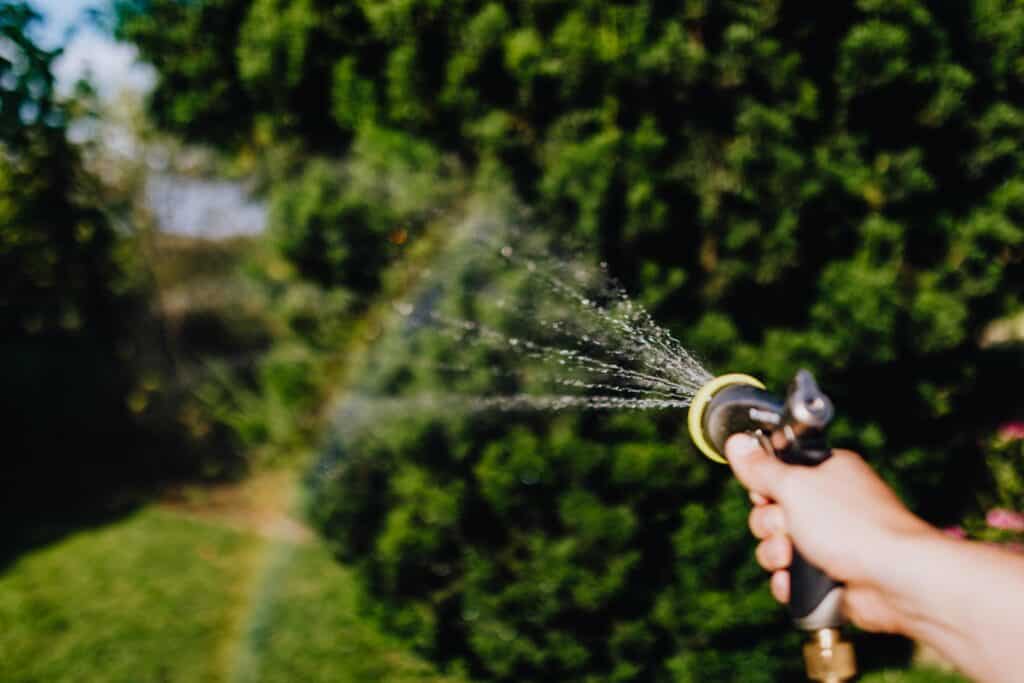
As gardening enthusiasts ourselves, we understand the importance of maintaining a beautiful and lush garden while being mindful of our water usage. With increasing concerns about water scarcity and environmental sustainability, it’s crucial for every gardener to adopt practices that minimise water waste without compromising the health and vitality of their plants.
Here, we’ll delve into various practical and effective water-saving tips that can transform your garden into a sustainable oasis. From selecting the right plants and optimising irrigation methods to implementing smart landscaping strategies, we’ll explore a range of approaches to help you conserve water while nurturing a thriving garden.
Water-saving tip #1: Choose native or drought-tolerant plants
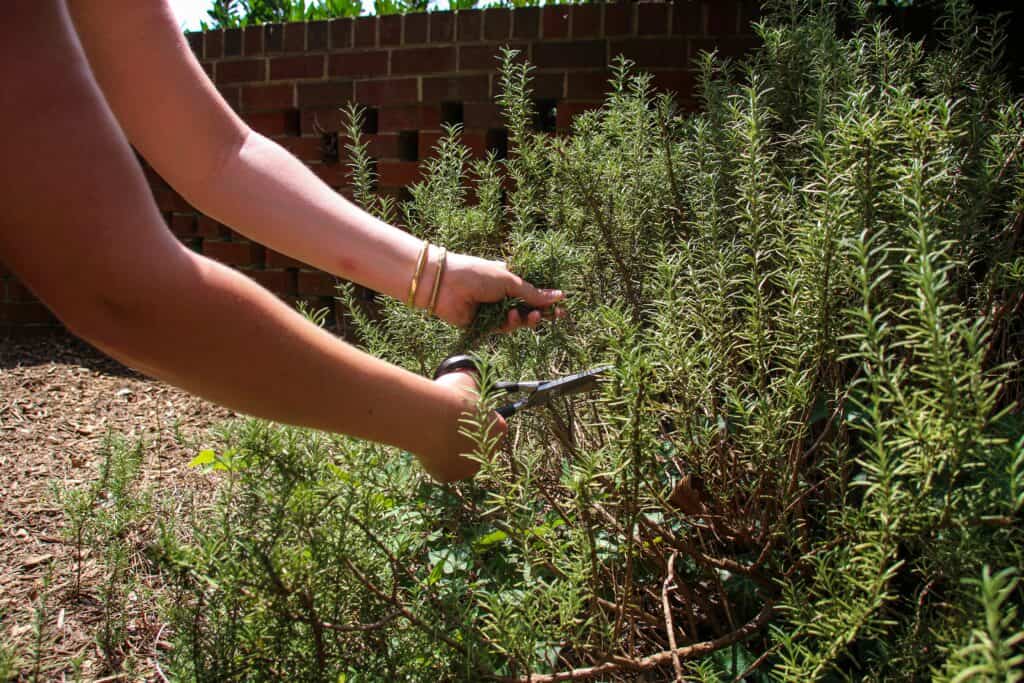
Native plants have evolved over time to withstand specific environmental conditions, including the region’s average rainfall and temperature patterns. As a result, they’ve developed mechanisms to survive with minimal water requirements.
Drought-tolerant plants, including succulents and Mediterranean herbs, are particularly effective in water conservation efforts.
Like cacti and agaves, succulents have thick, fleshy leaves that store water, enabling them to thrive in arid conditions. Mediterranean herbs like lavender, rosemary, and thyme are well-suited to dry climates due to their ability to tolerate low water availability. These plants typically have small leaves, waxy coatings, or deep root systems that allow them to conserve water.
Integrating native and drought-tolerant plants into your garden conserves water and creates a sustainable and resilient landscape. These plants require less irrigation, reducing the strain on local water resources and minimising the need for additional watering. Plus, their resilience to dry conditions makes them more resistant to diseases and pests, reducing the need for chemical interventions.
Water-saving tip #2: Mulch your garden beds
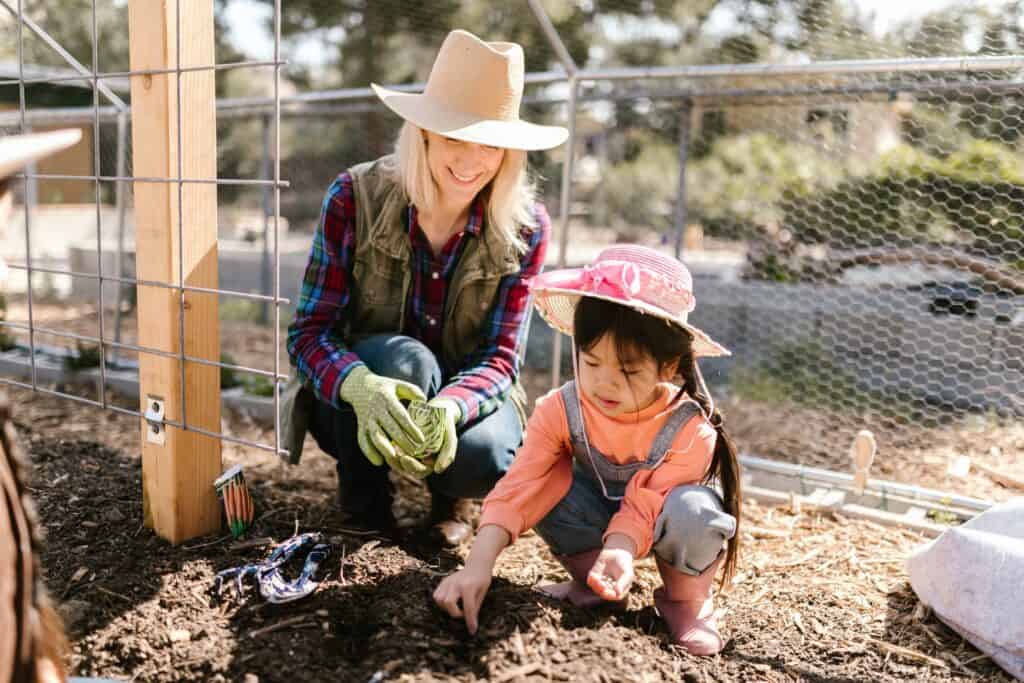
Applying a layer of organic mulch, like wood chips, around your plants is a valuable water-saving technique. Mulch serves multiple purposes, contributing to your plants’ overall health and water efficiency. It acts as a protective barrier, preventing moisture from evaporating quickly from the soil surface. This helps to retain soil moisture levels and reduces the need for frequent watering.
Mulch suppresses weed growth by blocking sunlight and hindering germination, minimising competition for water resources. It also improves soil quality over time by breaking down and enriching the soil with nutrients.
Water-saving tip #3: Water deeply and infrequently
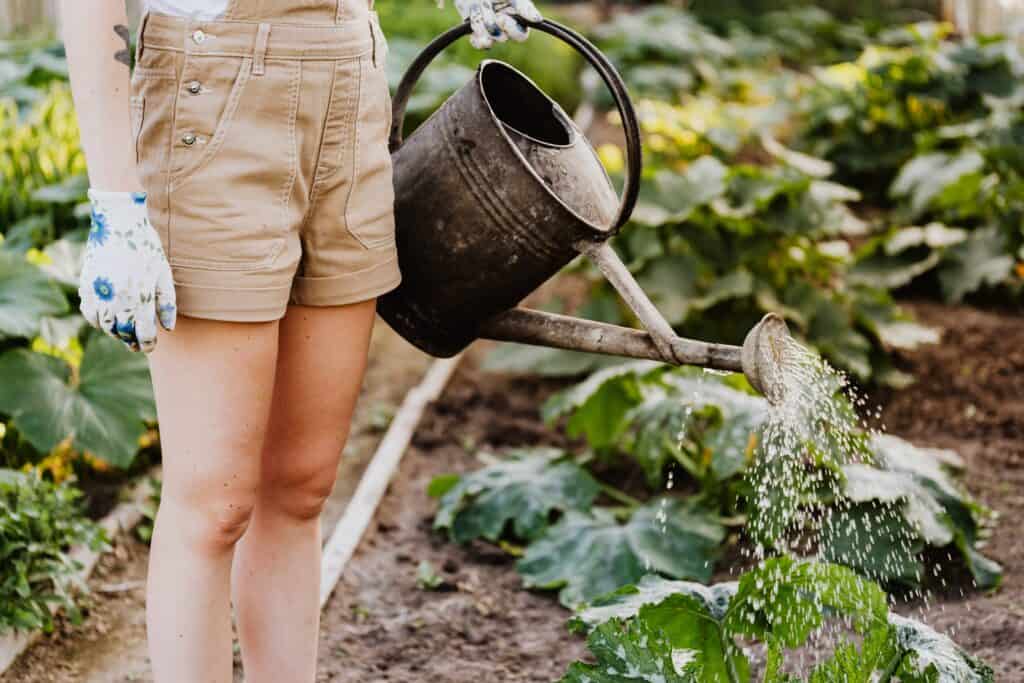
Instead of opting for frequent shallow watering sessions, watering your garden deeply but less frequently is more beneficial. This practice promotes the development of deep root systems in plants, enabling them to access water stored in the lower layers of the soil. Deep roots make plants more resilient during drought periods — they can reach moisture sources that shallow roots can’t.
It’s important to note that overhead watering should be avoided — it increases the likelihood of water loss through evaporation. Instead, use methods like drip irrigation or soaker hoses to deliver water directly to the soil around the plant roots, minimising wastage and maximising absorption.
Water-saving tip #4: Use a drip irrigation system
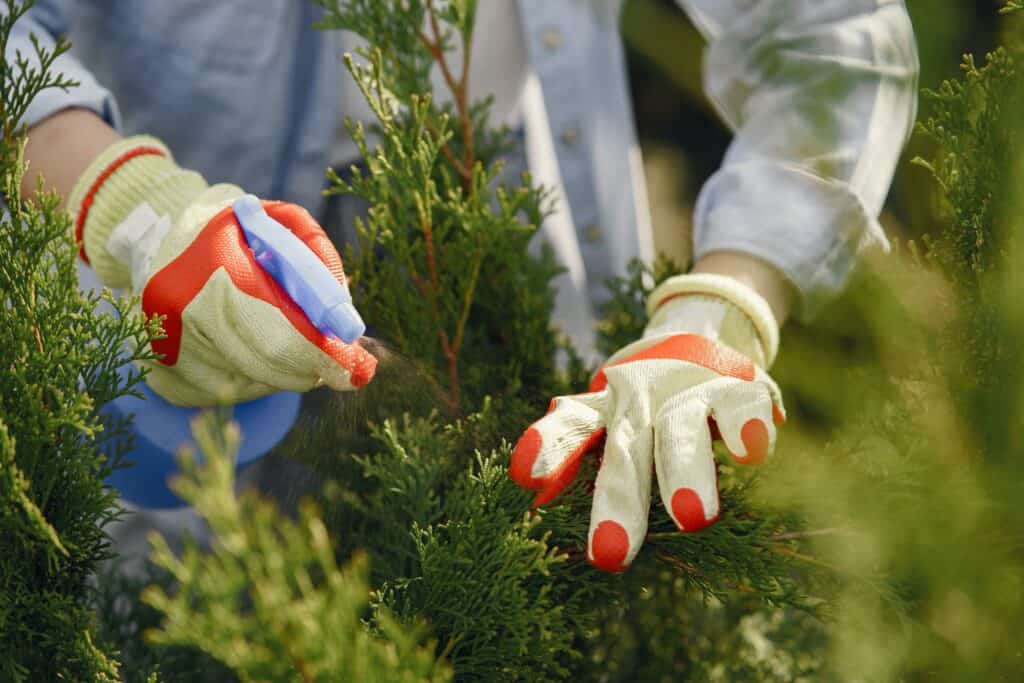
Drip irrigation involves delivering water directly to the base of plants, minimising water waste through evaporation and runoff. The slow and precise delivery of water allows it to soak into the soil gradually, ensuring that plants receive an adequate water supply without excess runoff.
It also enables targeted watering, delivering water precisely where needed — near the plant roots. This approach eliminates unnecessary watering of surrounding areas, conserving water and promoting healthier plant growth. With drip irrigation, you can optimise water usage and create a more efficient and sustainable garden watering system.
Water-saving tip #5: Install a water collection system
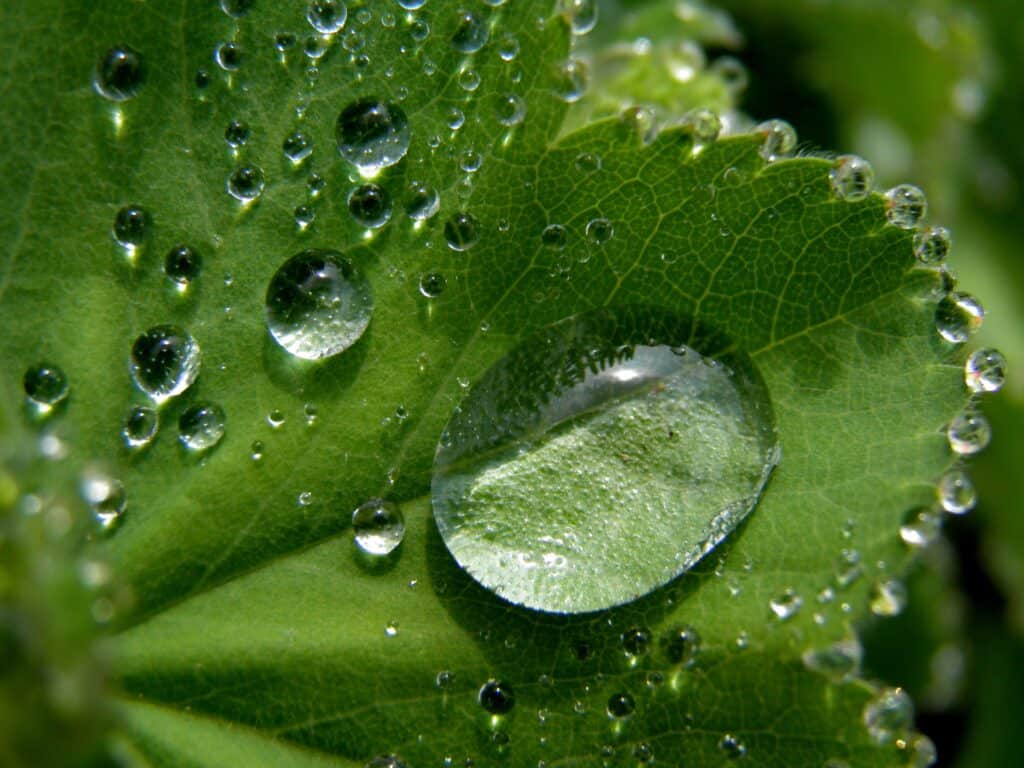
Collecting rainwater from your roof is an effective way to conserve water in your garden — by installing rain barrels or a more extensive water collection system, you can capture and store rainwater for later use. During periods of dry weather, when water resources may be limited, you can utilise this stored rainwater to irrigate your garden.
This practice reduces your reliance on municipal water sources and minimises water waste. Rainwater is naturally free of chlorine and other chemicals found in tap water, making it ideal for plants. Always check with your local Council on approved systems, regulations and permits.
Water-saving tip #6: Group plants with similar water needs
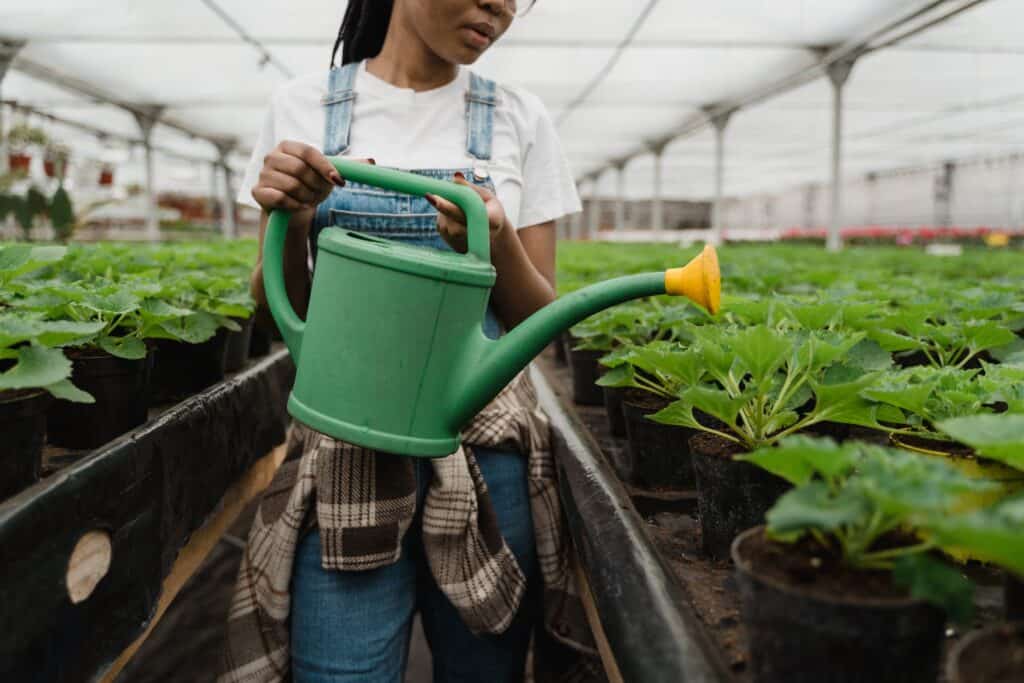
Grouping plants with similar water requirements together is a smart water-saving strategy. This approach allows you to tailor your watering practices to the specific needs of each plant grouping, preventing overwatering or underwatering.
When plants with similar water needs are grouped together, you can adjust irrigation schedules and amounts accordingly. This ensures that water is used efficiently and minimises water waste.
By avoiding the blanket watering approach and instead providing targeted irrigation to specific plant groups, you optimise water usage and promote the health and vitality of your garden.
Water-saving tip #7: Wetting Agents
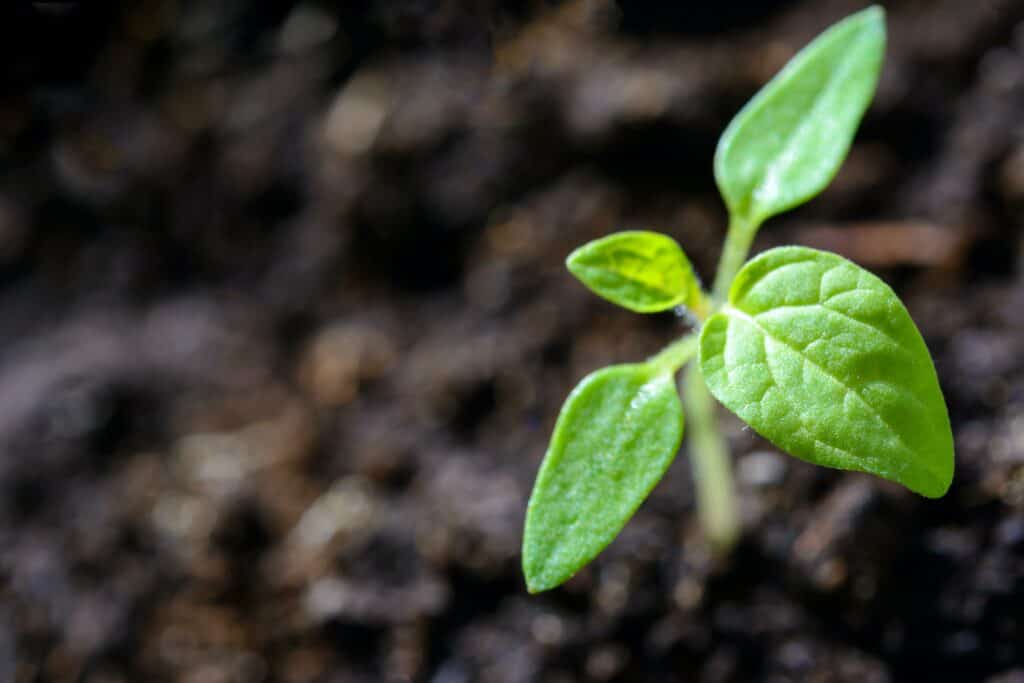
Choosing between granular and liquid fertilisers or soil conditioners is pivotal in water-efficient garden care.
Activation of the wetting agent during application is key for conserving water resources. Start by using a hose to water the soil, promoting even moisture distribution while minimising water usage — the key indicator is seeing the soil bubble and froth. Once you see this, you know your wetting agents will work beautifully.
Nutrients from the fertiliser will be delivered directly to the plants, supporting excellent growth, flowering, and strong root systems while conserving water. Soil conditioners will improve soil structure and moisture retention, further aiding water conservation efforts.
Timing and consistency in applications are essential for sustaining a water-efficient garden or landscape.
Water-saving tip #8: Weed regularly

Regularly removing weeds from your garden is a crucial step in conserving water. Weeds compete with your plants for precious water and nutrients, depriving them of essential resources. By removing weeds promptly and consistently, you reduce water loss to these undesired plants.
Weeds often have shallow root systems that draw water from the soil surface, causing moisture to evaporate more quickly. Additionally, removing weeds minimises the need for watering the entire garden, as water can be directed solely towards your intended plants.
Water-saving tip #9: Time your watering wisely

Watering your garden early in the morning or late in the evening when temperatures are cooler offers several advantages. Cooler temperatures reduce evaporation rates, allowing more water to penetrate the soil and reach the plant roots. This means less water is lost to evaporation, maximising the effectiveness of each watering session.
Watering during these times helps plants absorb water more efficiently as they are not under the stress of midday heat. This promotes better hydration and minimises water waste.
Implement these smart water-saving ideas with Oz Landscape Supplies!
Loving these water-saving ideas? Stock up on gardening supplies with Oz Landscape Supplies! We offer diverse organic mulches that retain water, minimise weed growth, and assist with soil temperature control. Plus, with a range of colours and textures available, you’re guaranteed to find a mulch that matches the overall aesthetic of your garden.
Request a quote online, or utilise our intuitive calculator to figure out how much mulch you need to achieve your water conservation goals.
